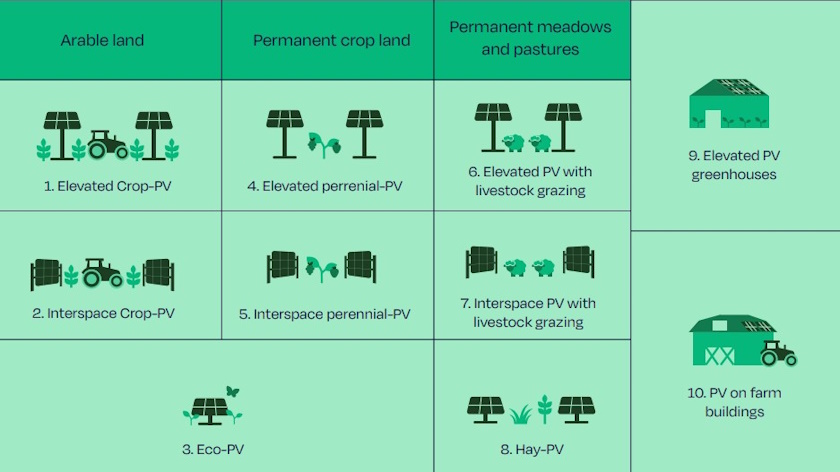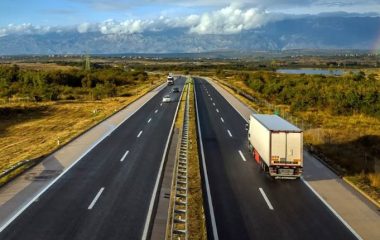
Photo: Samuel Faber from Pixabay
Agrisolar could bring multiple benefits for the farming and energy sectors as well as for wider society, including a crop yield increase of up to 60%, according to the latest Agrisolar Handbook.
Developed in consultation with the farming industry, and supported by external consultancy Metabolic, the Agrisolar Handbook identifies ten agrisolar archetypes and case examples, of how farmers and landowners can benefit from such projects, SolarPower Europe said.
Eva Vandest, Chair of SolarPower Europe’s Land Use and Permitting Workstream and Group Head of Public Affairs at Amarenco, a solar power producer, said the handbook proposes several archetypes for a successful, profitable project, where the value created must benefit the farmer, the solar stakeholders, investors, and the local community, in particular through practices that are beneficial to the environment, the soil, and biodiversity.
The dual land-use model should provide additional services and income to farmers
“ This dual land-use model should allow us to achieve the energy transition and mitigate carbon emissions, while providing additional services and income to farmers, supporting their adaptation to climate change,” she stated.
The paper showcases agrisolar’s multiple benefits for the farming and energy sectors and wider society.

Depending on the technology and geography, they include an up to 60% crop yield increase, soil temperature of up to seven degrees Celsius higher in cold periods and as much as six degrees lower in warm periods, and an up to 60% increase in the number of pollinators, the handbook reads.
The European agricultural industry is facing a complex set of challenges
According to SolarPower Europe, the European agricultural industry is facing a complex set of challenges ranging from rising costs, uncertainties around income, and access to land, to the impacts of climate change, water scarcity, and other environmental issues.
Such hurdles shed light on the need to develop innovative solutions to enhance the resilience and sustainability of the European agricultural sector, the organization said.
Kelly: We must ensure farmers have the tools and incentives to participate

Walburga Hemetsberger, CEO of SolarPower Europe, claimed that the handbook is a significant step in the association’s efforts to bring together two critical industries to embrace shared synergies, working together for a more sustainable future.
“To fully harness the potential of agrisolar, we must ensure farmers have the tools and incentives to participate. This includes simplifying grid connections, streamlining planning approvals, and putting payment schemes in place that encourage collaboration between agriculture and renewable energy – all of which are discussed in the report,” said member of European Parliament Seán Kelly.
Agrisolar is a combination of agricultural activities with photovoltaics. Different from traditional solar farms, agrisolar projects are integrated into agricultural landscapes, allowing the dual use of land – for food production and energy generation – hand in hand with nature conservation, according to SolarPower Europe.









Be the first one to comment on this article.